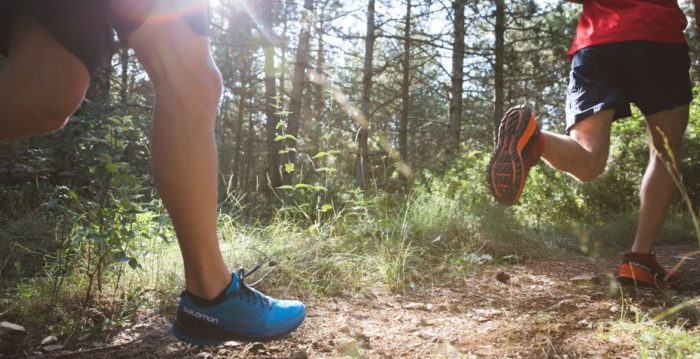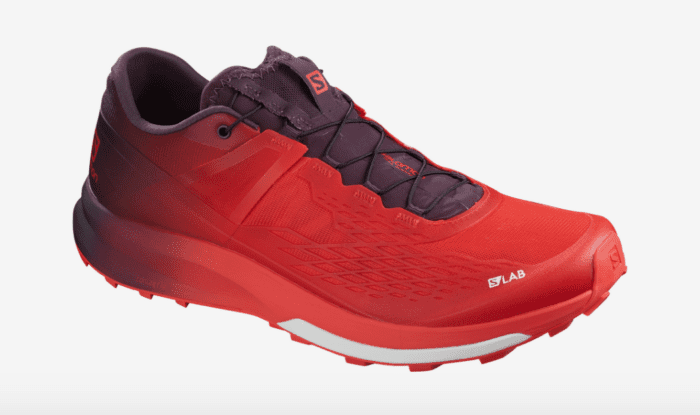What to look for in a trail shoe: part one
The first of a two-part series on what to consider when buying a trail running shoe

Trail running is pretty simple. Find some dirt, and go run. But these days, all the new shoes hitting the market can make things a bit confusing. Transitioning to the trails means additional consideration for your feet and the outdoors. First, we look at the three Cs of a trail running shoe.
RELATED: Trail tested: The Saucony Mad River

Comfort and fit
It may seem obvious, but before getting too technical, comfort remains the most important aspect of any shoe you wear. If it’s not comfortable in the store, it won’t be comfortable for hours on the trails. A shoe that fits well will work for your specific biomechanics such as arch shape, foot length and width, foot volume, and toe sizes. Also, just because your favourite shoe in last year’s model fit you perfectly, does not mean it will do so forever.
Conditions
Something that trail runners need to account for are the conditions of the terrain. Most people don’t have a trail shoe for every kind of condition, so pick something that suits the conditions of your favourite trails. For example, if you live in a wet and muddy environment, look for a shoe that has lugs you can trust over slippery terrain. If you life somewhere with a lot of ice, choose a shoe to slip spikes over, or one you can screw spikes in and out of. If your trails are dry and dusty, it’s best to buy a shoe without aggressive grip.
Cushion
Cushion often depends on your distance of choice. The further you go, the happier your feet will be with some cushion. However, cushion can also affect the agility of the shoe. Sometimes trail runners dislike too much cushion, as they feel far from the roots and rocks on their feet. Cushion is all about personal preference, and you may need to rule out what you don’t like to determine what you love.

The best of both cushion and flexibility can co-exist. For example, the Salomon S/Lab Ultra 2 offers cushion in both the forefoot and bottom unit without sacrificing flexible fit and comfort for long days on technical terrain. It also uses durable construction to protect the feet and longevity of the shoe, while still weighing only 285g.


